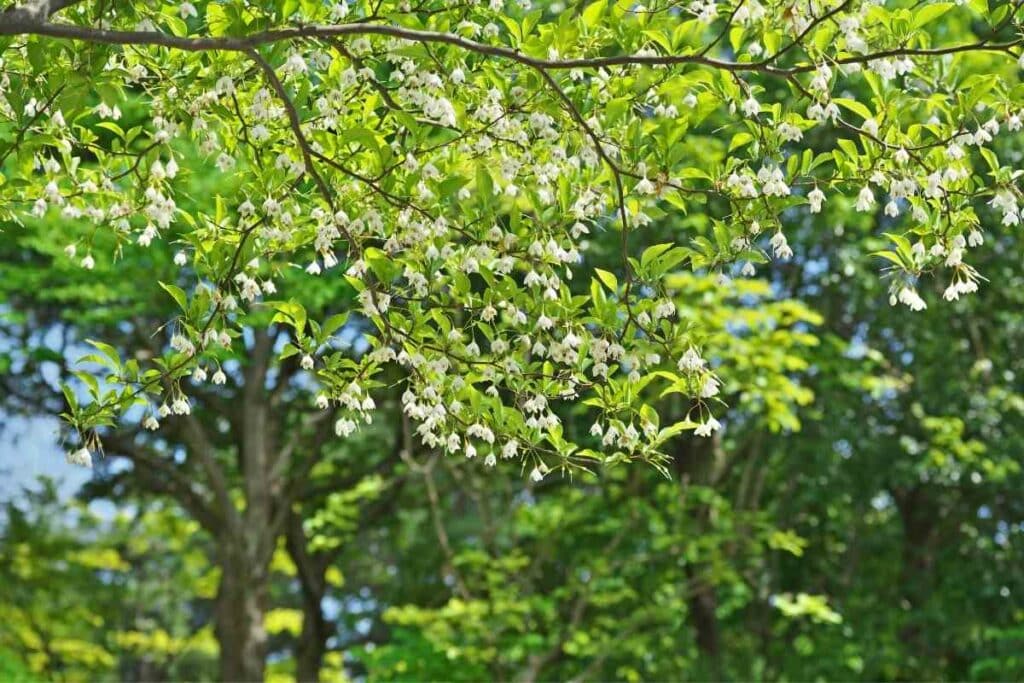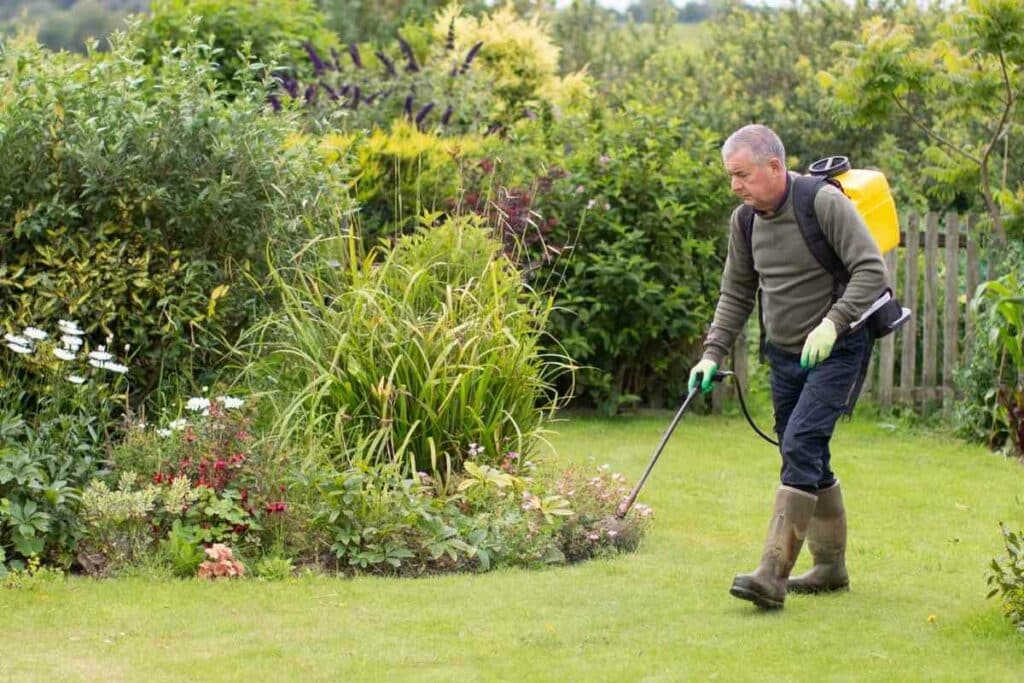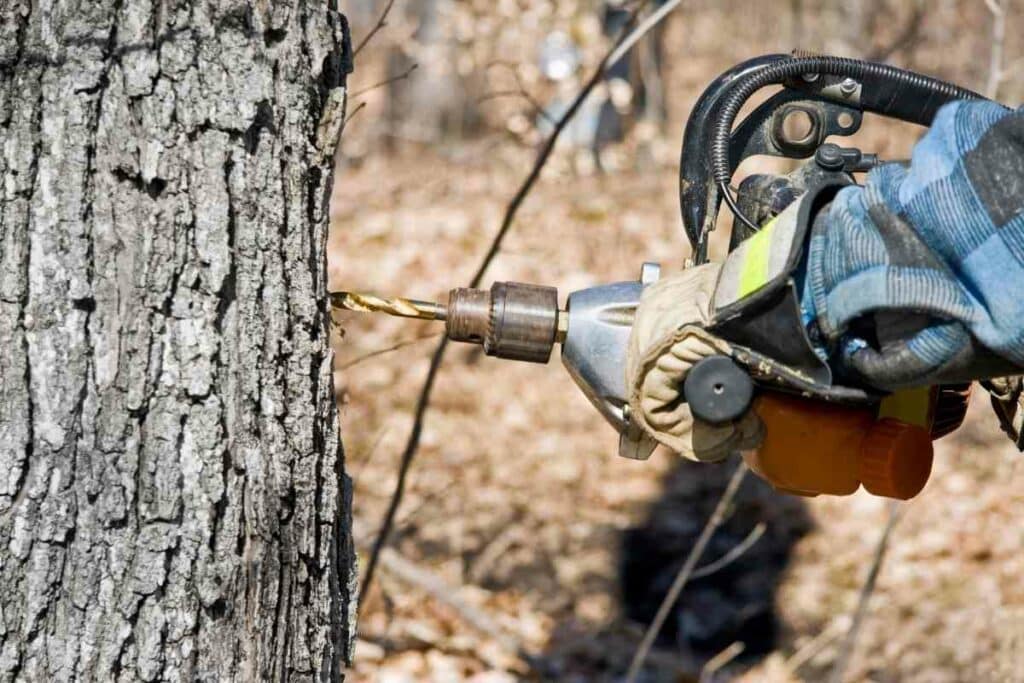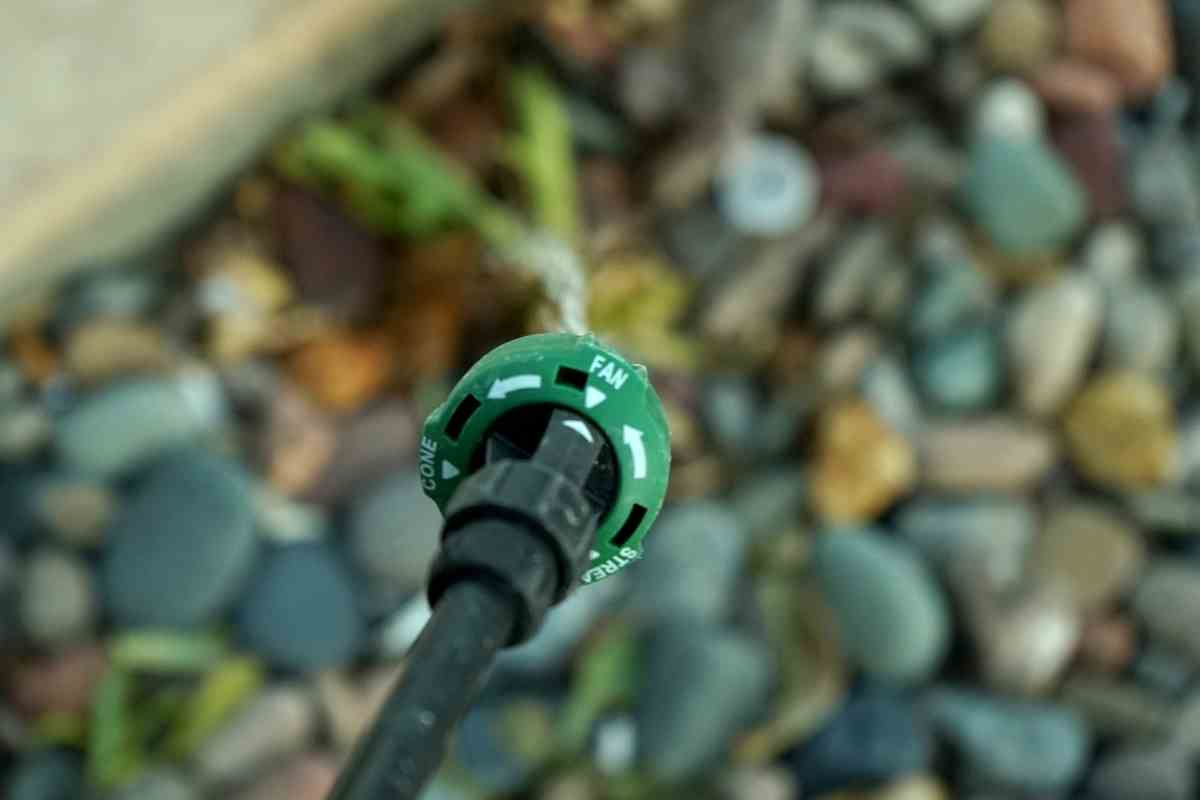Roundup is a herbicide that is used to clear weeds, grass, and any other undesired plants.
It is non-selective, meaning that it will eliminate whichever plant it is applied on, including trees.

Thus, spraying roundup close to trees could kill them, especially if they are young or just seedlings.
Before We Start – Although roundup poses a risk when sprayed near trees, huge and mature trees hardly suffer any effects.
This is because, for one, mature trees have thick, hard barks, so the herbicide cannot easily penetrate and cause damage.
Read on to learn if and when roundup can kill trees.
How Does Roundup Work?
Before we venture into how roundup can potentially affect nearby trees, it is essential to know how the herbicide works first.
As we have established in the intro, roundup is used to destroy unwanted plants, specifically weeds, and grass.
In a big way, it is an economical method of managing weeds in a landscape setting.
Roundup is normally applied as a spray mist on the leaves or foliage of plants you intend to kill. Its primary component is glyphosate, which is a high-phosphate compound.
Once roundup has been sprayed on a plant, the glyphosate is absorbed through the leaves, after which it travels down through the phloem to the plant’s root system.
On reaching the roots, roundup quickly disintegrates into the soil.
Here, it interferes with the plant chemical responsible for the production of amino acids that promote growth in plants.
Therefore, the plant starts to turn yellow, withers, and then dies.
The herbicide takes effect within 10 days of application
Because of how it works, the best time to spray roundup on weeds and other unwanted plants is when the plants’ transport system is fast and effective.
Therefore, you ought to identify whether the plant is annual or perennial to establish the perfect time for application.
Typically, roundup remains in the ground for up to 6 years once it is absorbed in the soil.
In the event that it is accidentally absorbed or sprayed onto a nearby juvenile tree, the glyphosate is accumulated in the tree’s phloem.
Unlike in weeds and grass, the chemical takes years to break down.
During This Time: The tree undergoes gradual damage until it recovers or dies off, depending on the extent of the damage.
Can Roundup Kill Trees?
Theoretically speaking, yes, roundup can kill any type of plant, and that includes trees.
However, practically speaking, it is not that easy for roundup to destroy a mature tree.
Essentially, using roundup too close to a grown tree will present insignificant effects.
A large tree will remain unaffected by a moderate supply of roundup sprayed around their canopy.

This is because of the surface area to volume ratio concept, whereby a small dosage of roundup would not shake up a whole tree.
In essence, there will be minimal chemical accumulation, so the herbicide is not transported to the roots.
Also, as aforementioned in the article, a mature tree has a thick, firm, almost impenetrable bark.
Therefore, if roundup accidentally or intentionally lands on the bark of the tree, it will not access the phloem, and ultimately, will not affect the tree in any way.
Can Roundup Kill juvenile trees?
While roundup has zero and at best, minimal effect on mature trees, juvenile trees are a whole other story.
Spraying roundup too close to yearlings, shallow trees, or seedlings could potentially kill them.

Young trees are relatively vulnerable as their bark is not strong or developed enough to protect the tree from the effects of roundup.
The bark of a young tree has chlorophyll, which readily absorbs and transports the chemical.
Therefore, when roundup comes into contact with a juvenile tree, there will be visible effects.
The effects include:
- bark splitting
- chlorosis
- cupping
- witches brooms
- and stunted growth
Split barks expose the tree to pathogens, increasing the risk of the tree contracting diseases.
This goes to show that the application of roundup to non-target trees leads to sub-lethal damage that lasts for years.
The phrase ‘non-target’ is used because, more often than not, roundup is blown by the wind or flows with rainwater towards the tree- it is unintentional.
Can Roundup Kill Tree Suckers?
A common mistake that people make with roundup is using the chemical to kill tree suckers.
Seeing that suckers are directly connected to a tree’s vascular system, using roundup will lead to contamination and inevitable damage.
Instead of spraying a tree sucker with glyphosate, it is safer to just prune it.
Don’t Forget – Note that the best time to prune tree suckers is during the dormant season.
How To Ensure Young Trees Don’t Get Damaged If Round-Up Is Sprayed Too Close to Them
As we have already seen, young trees are not exempt from the effects of glyphosate.
Therefore, if you are spraying roundup too close to a small tree, it is imperative to observe protective measures.
The measures ensure that the tree does not come into contact with the lethal chemical.
They include the following.
Shield the tree before spraying
If you are spraying roundup on a windy day, the chances are high that the chemical will be blown towards nearby plants.
Therefore, ensure that you cover nearby young trees with a suitable material.
Viable options include fleece, plastic, or an empty plastic bottle if it is a tiny seedling. Cardboards are also pretty effective for this role.
Spray roundup when it is calm
Alternatively, you can wait until it is calm before you can spray the chemical on plants you wish to eliminate.

This way, the wind will not redirect the herbicide to plants you intend to keep.
Still, this is not always full-proof, so you may want to still shield nearby young trees for surety.
Lower the spray tank pressure
Keeping the nozzle of the spray bottle at its lowest decreases the pressure of the spray.
This way, the chances of it being carried by the wind towards nearby juvenile trees reduce exponentially.
Apply roundup with a brush
If the weed and grass are too close to your young trees, then consider using a paintbrush to apply the roundup.
As long as this process is, it is precise if you are careful enough- the herbicide will only come into contact with the plants that you apply it on.
Hand-pluck weeds that are in the immediate periphery of young trees
If the weed you wish to extract is very close to a juvenile tree or a surface tree, the safest way to go about it is to hand-pluck it.
Ensure you wear the appropriate gear for this so that you don’t get hurt in the process.
Avoid using roundup if the tree’s roots are too shallow
There are several alternatives to roundup for eliminating weeds that are too close to a juvenile tree, especially if the tree’s roots grow on the soil’s surface.
The roots of the tree can easily absorb roundup from the soil and get damaging effects if at all they survive.
Therefore, in this scenario, it is best to play it safe and steer away from roundup completely.
What To Do If a Tree Has Been Damaged by Glyphosate
The effect of glyphosate lasts over a period of years on trees.
This is to say that the tree does not die off immediately, as it happens with weeds and grass.
So, for as long as the tree is alive, continue taking care of it. There is a chance that it may recover and continue to grow normally.
You ought to be keen to protect the tree from additional stress or damage.
Irrigate it when it is too hot, prune it, and protect it from the invasion of pests and diseases.
Also, it is important to avoid fertilization during the period that the tree is undergoing damage.
Fertilization causes the tree additional stress, as it basically pushes it to grow faster. It is best to wait until the tree has recovered to fertilize it.
How Can Roundup Kill Mature Trees?
It is near impossible to kill a mature tree by spraying it with roundup.

However, if you are determined to kill a tree using glyphosate, there is a method to it.
This method involves:
- Drilling holes into the bark of the tree, close to the base, and injecting significant amounts of roundup into those holes.
- The drilled holes should not get to the center of the tree – leave a small allowance.
- Then, add half an ounce of glyphosate into each hole, and wait for it to take effect. Ensure that you pay close attention to the manufacturer’s instructions throughout the process.
Typically, the tree should die within six weeks, give or take.
For Maximum Effectiveness – Apply the herbicide during the active growth period, that is, between late spring and early summer.
Final Words
Roundup can potentially kill trees if used too close to them.
However, spraying roundup close to a mature tree hardly has any effect.
A grown tree is strong and developed enough to prevent the absorption of a moderate amount of glyphosate into its system.
On the other hand, young trees are not developed enough to withstand glyphosate.
So, spraying the chemical too close to them will damage the juvenile tree and possibly lead to its death.
Therefore, you need to take protective measures when using roundup too close to young trees.
Read Next
How Long Does Roundup Take To Kill Weeds?
